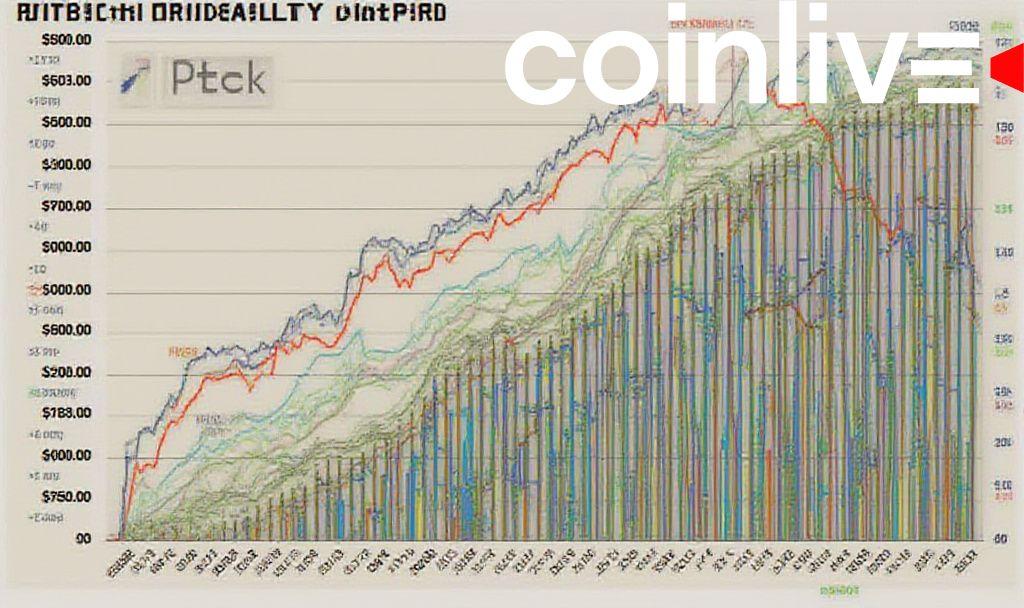- Institutional demand boosts Bitcoin profitability and value flows.
- Price reaches new highs above $111,000.
- Public and ETF investment shapes market resilience.

Nut Graph: Surge in Bitcoin profitability underscores institutional interest, impacting prices and market structure while reducing individual investor influence.
Body:
Driven by institutional interest, Bitcoin’s circulating supply’s profitability has notably increased. This shift has led to new price highs as of mid-May 2025, surpassing $111,000. The involvement of major financial players has reshaped the cryptocurrency landscape.
Key figures like Matt Hougan, Bitwise CIO, highlight the supply-demand imbalance influencing these dynamics. Public companies and ETFs contribute significantly, paralleled by predictions of potential price growth up to $200,000.
“We know that miners will produce 165,000 BTC this year. Already, publicly traded companies have bought more than that. ETFs are at $6 billion in inflows. We think governments are going to be buying. We see this sort of structural difference between demand and supply.” — Matt Hougan, Chief Investment Officer, Bitwise
The Bitcoin market structure has evolved with large institutional players now at the forefront. This shift has increased resilience, altering historical precedents where individual retail investors heavily influenced market trends.
Financial implications include a substantial 31% increase in Bitcoin holdings by public companies. These investors’ strategies and use of derivatives could stabilize market fluctuations, providing a buffer against rapid downturns.
Increased institutional investments might change traditional volatility patterns seen in previous cycles. Government interest further accentuates Bitcoin’s growing mainstream acceptance.
The shift towards institutional dominance could lead to regulatory adjustments, reflecting a maturing market. These changes indicate a reorganization in control and influence, suggesting significant future financial and technological impacts. Market insights highlight how large trading desks, ETF issuers, and custodial services create a market structure potentially more stable against flash crashes.








